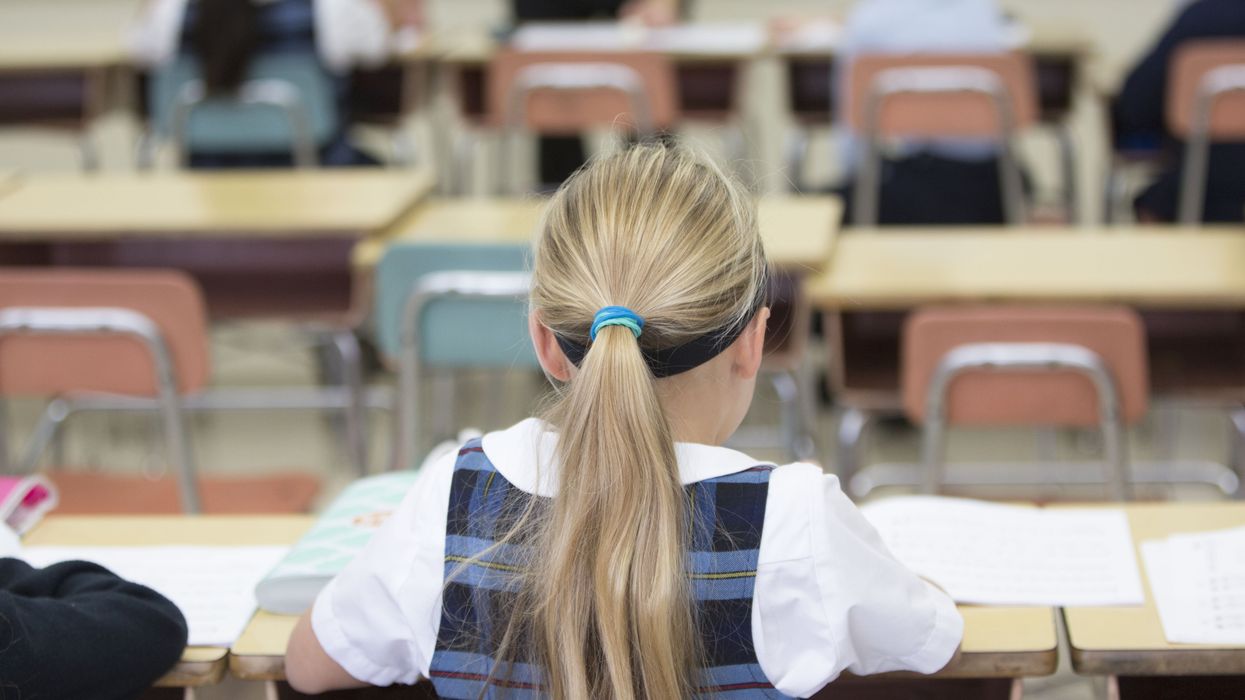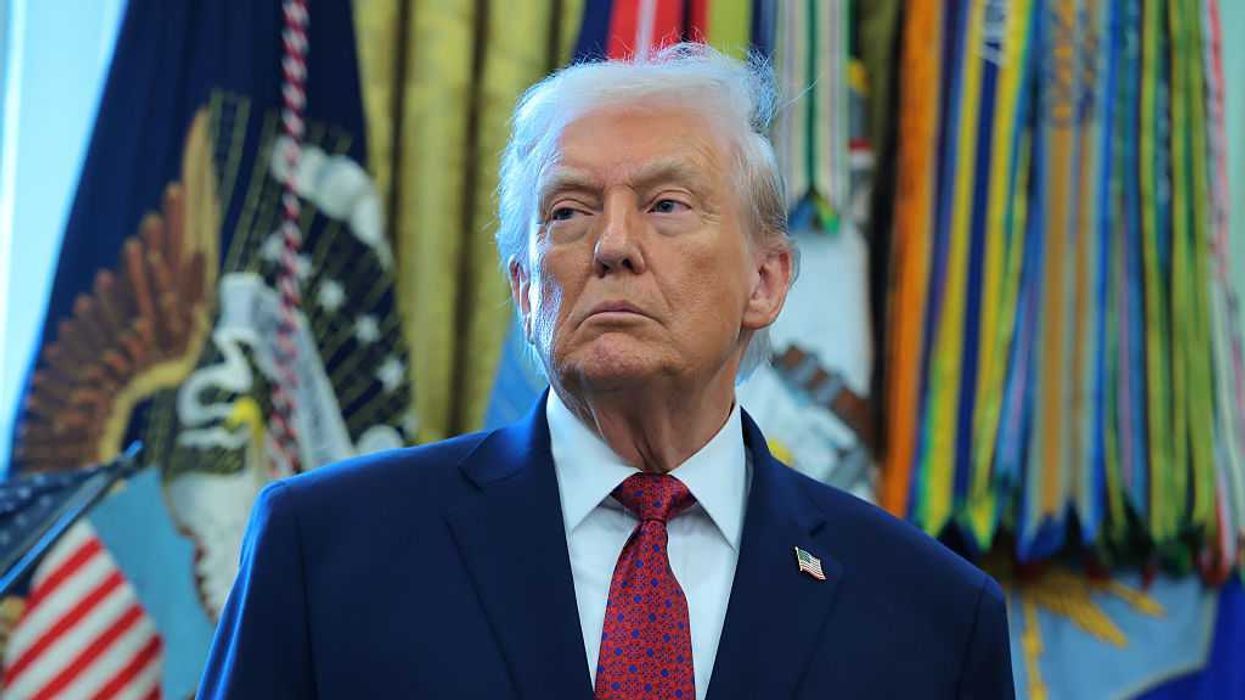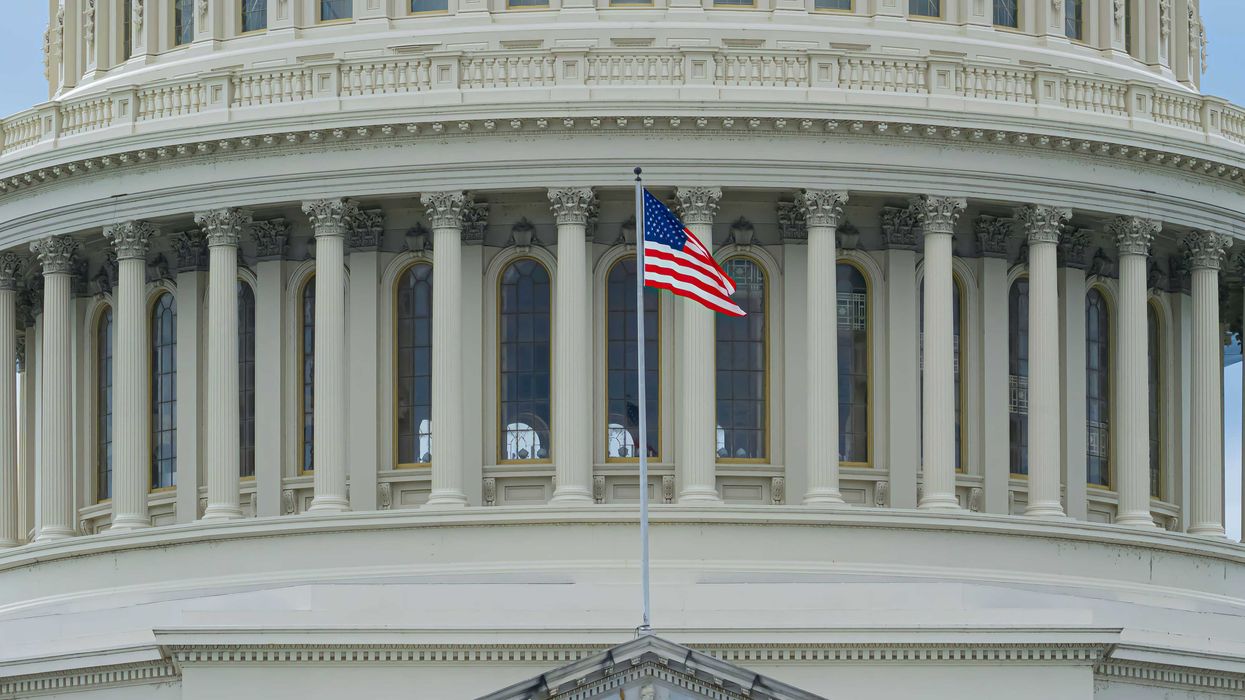This essay is part of a series by Lawyers Defending American Democracy where we demonstrate the link between the administration’s sweeping executive actions and their roots in the authoritarian blueprint, Project 2025, and show how these actions harm individuals and families throughout the country.
Our public education system is under attack. On March 20, after only seven weeks in office and without input or approval from Congress, President Trump issued an executive order instructing the Secretary of Education to “take all necessary steps to facilitate the closure of the Department of Education and give the states sole responsibility for educating our nation’s children.”
The U.S. Congress created the Department of Education in 1979, and its leader, the Secretary of Education, is a member of the President's cabinet. By directing changes that compromise the department’s ability to function, Trump's March 20 order attempts to circumvent the requirement that only Congress may approve the department’s closure. This move takes a page from the Project 2025 playbook, which calls for the department’s elimination.
At the same time, and without any apparent recognition of the irony, the administration has directed school districts to radically limit what our children learn, threatening to withhold funds from public schools if they fail to verify that they have eliminated all programs that promote diversity, equity, and inclusion. This transforms Project 2025’s goal of obliterating any mention of diversity, equity, or inclusion from federal policy.
On April 3, a department memo sent to public education officials across the country indicated that failure to comply would result in loss of the funds provided to schools under Title 1 of the Elementary and Secondary Education Act, a move that would hit hardest those schools with high percentages of students of color or from low-income families. The administration has also rolled back school discipline guidelines announced by President Obama, which included recommendations to promote nondiscriminatory practices and training— another harmful move given that over two-thirds of students suspended, expelled and arrested in public schools are Black and brown.
Why This Matters
Gutting the Department of Education’s workforce harms families: When resources and support for public education at the local level are wildly uneven and often discriminatory, federal support can help level the playing field. The Education Department can help ensure that students can access classes and programs that might not otherwise be available. Eliminating the department would ensure that, in a land of equality, some students have the resources they need to succeed while others do not.
In a devastating step towards dismantling the agency, the administration fired approximately a third of its workforce. As Jessica Tang, president of the Massachusetts American Federation of Teachers, stated, “Withdrawing funding in schools across the country is . . . a cruel attempt to cause chaos and destruction . . .. These cuts will disproportionately harm those most in need of services—students with disabilities and low-income students," Tang said. "The federal education agenda is nothing short of a dismantling of our ability to provide a fair and equal public education.”
Planned changes limit parents’ access and civil rights enforcement: The administration also plans to relocate the Department of Education's Office for Civil Rights (OCR) to the Department of Justice (DOJ) and has closed OCR offices nationwide. This means that parents seeking federal review of school district decisions regarding their children’s individual education and accommodation plans would need DOJ support for their claims, an unlikely result, as DOJ has already made clear that its role is to zealously defend the President's agenda.
Absent that support, families would be left to navigate and litigate their own claims, an option likely unaffordable to most.
Funding cuts make it harder for students to get an equal education: Federally funded student loans also help remove barriers to higher education at a time when tuition is rising. Almost 60 percent of the Education Department's $268 billion budget in 2023 was allocated to federal loans, the federal work-study program, and Pell grants, which help roughly one-third of U.S. undergraduates afford college by providing federal loans.
Dismantling the Department makes it easier for unlawful discrimination to prevent students from fully participating in school. The Department supports programs that supplement state and local funding for low-achieving children, particularly in low-income neighborhoods, as well as funding for students protected under the Individuals with Disabilities Education Act, which helps cover special education costs. Cutting these programs jeopardizes the rights of 7 million special education students to a fair and appropriate education. Cutting staff also makes it harder for the Department to carry out its mandates to oversee civil rights enforcement in schools and under laws prohibiting discrimination of sex or race.
Administration policies aim to whitewash history: The administration’s actions lead us down a path that threatens the First Amendment free-speech rights of teachers and students, and chills the candid exchange of ideas, which is essential to learning. The administration appears to be focusing on a concern that white students would feel threatened or uncomfortable if questions of race were even discussed - although the administration has struggled to define what conduct or program would violate its interpretation of civil rights laws. For example, Education Secretary Linda McMahon has said that schools should be allowed to celebrate Martin Luther King Jr., but she has been less clear when asked whether classes could talk about Ruby Bridges, who, as a six-year-old girl, stood up to segregationists, or the 1921 massacre of Black citizens in Tulsa, Oklahoma. What about Rosa Parks, Harriet Tubman, or Juneteenth?
Black history is American history. All students should learn about the compromises that were made when the Constitution was drafted to unify the nation—including the decision to preserve the institution of slavery, which profoundly altered U.S. history. The 13th, 14th, and 15th Amendments, often referred to as Civil War or civil rights amendments, directed states to emancipate slaves, to address "the badges and incidents" of slavery, to guarantee equal protection under the law, and to prohibit laws denying or abridging a citizen’s right to vote based on color. Prior to these amendments, only propertied white male citizens had the right to vote. The primary goal of these amendments was to redress our history of racial discrimination against Black people. Understanding this history is a critical part of a basic education.
Takeaways:
It is disingenuous to say that the goal of dismantling the Department of Education is to return local control of education to states and to promote parental autonomy. Ending federal oversight of education would lead us down a dangerous path, opening the door to a return to the Jim Crow era, when laws, customs, and schools enforced racial inequality. In defending Florida educational policies restricting how the history and impact of racism can be taught, Governor Ron DeSantis gaslit the public by stating that some Blacks actually benefited from slavery as they were able to develop “job skills.” Similar efforts would erase iconic names and important events from the historical record.
The administration is effectively taking a wrecking ball to public education and, in doing so, threatens the future of our most vulnerable resource—our children. This campaign has been described as the “gutting of the system from the inside,” with the ideological goal of not just weakening public education but eliminating it altogether and replacing it with a patchwork of private voucher schools and deregulated magnet and charter chains. This is the opposite of standing up for equal opportunity and would set the nation back at a time when the overwhelming majority of Americans want to see it move forward.
The Hon. Jay Blitzman is a retired Massachusetts Juvenile Court Judge and former Executive Director of Massachusetts Advocates for Children. Jay is a law school lecturer who consults on youth and criminal issues. Blitzman is a volunteer with Lawyers Defending American Democracy.




















